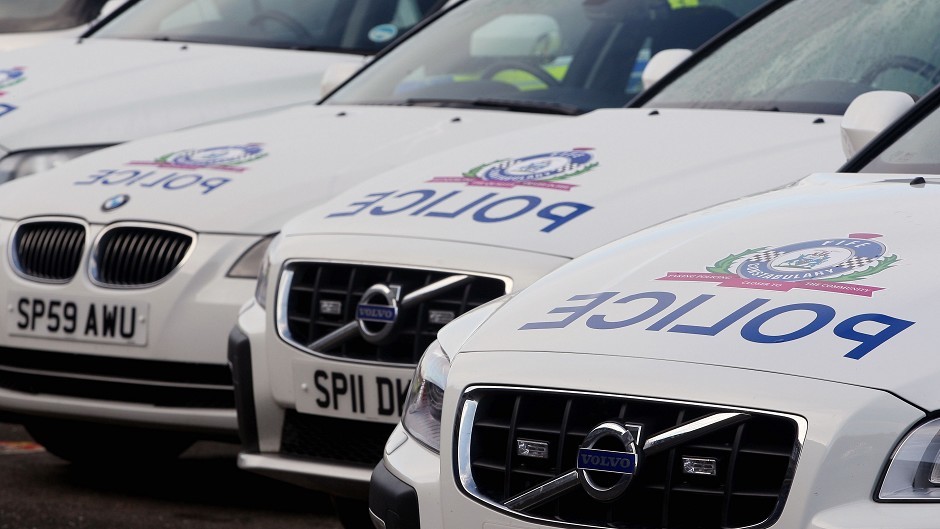A police officer was caught driving at 136mph while on a training exercise on one of the north-east’s busiest roads.
The officer, from the serious crime division, was spotted speeding on the A90 Dundee to Aberdeen road while at the wheel of a marked Scottish Police College Training Vehicle earlier this year.
However, the driver was granted “emergency service exemption” under a law that allows no imposed speed limit on vehicles being used for fire brigade, ambulance or police purposes.
The speed was faster than any other vehicle caught on camera this year that was attending a real emergency.
According to the figures, released under freedom of information legislation, the officer was travelling 16mph quicker than the highest speed recorded by police personnel on an emergency call in all of 2013/14.
A police spokeswoman said it was “imperative” officers were confident of driving confidently and safely at high speeds.
She said: “All officers who are authorised to drive police vehicles undergo continuing training and assessment.
“It is imperative officers are trained to the highest standards and part of this includes developing skills to drive safely and confidently at high speeds.
“The safety of the public and officers is always the main priority during training. A statutory exemption exists in such circumstances.”
The figures also revealed that 422 police officers were caught speeding between April 2012 and November 14, 2014.
Of those, 395 were let off for emergency service exemptions, one for “multiple vehicles” and other for passing the “time barred statutory time limit”.
Three others were reported to the procurator fiscal and 22 paid fixed penalty notices.
Last night Sandy Allan, road safety manager for the Royal Society for the Prevention of Accidents Scotland, insisted the emergency services should only drive at high speed “when essential”.
He said: “The police need to respond to emergencies that involve threats to public safety as quickly as possible, which often means exceeding speed limits on a blue light run. However, this type of driving also creates a significant extra risk to police officers in the car and to other road users.
“The public safety risk to which the police are responding, and the risk created by the emergency drive, must be balanced.”
